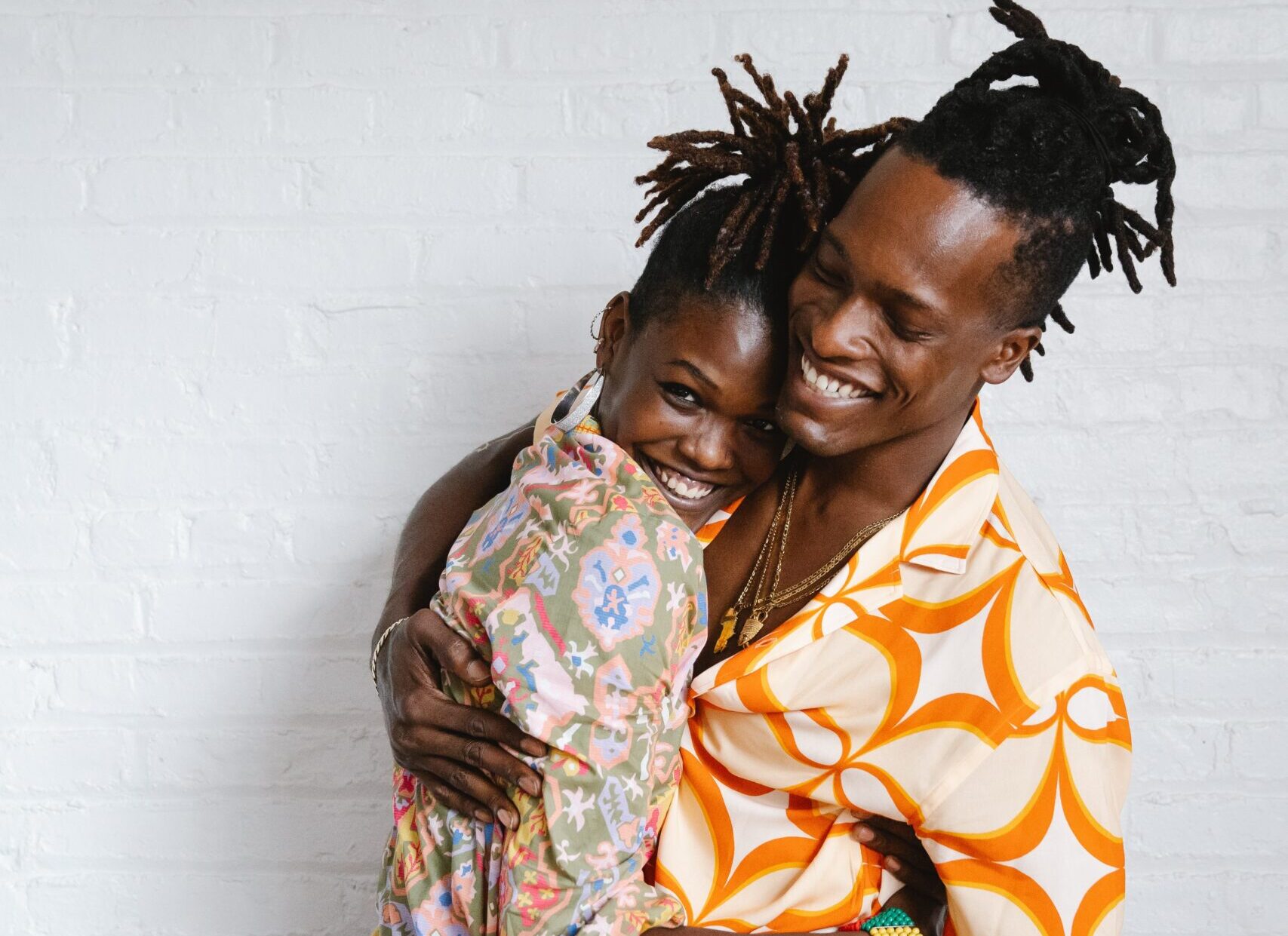It seems the situationships that dominated the winters and the minds of Gen Z women are ending. A recent study has shown that long-term love is in, as the days grow longer and warmer. As much as summer begs for a little romance, the question remains: what sparked this preference for long-term love?
In a recent study conducted by researchers at eharmony, data revealed that singles are more open to long-term relationships than situationships. It also showed that millennials are the leaders of this trend. Over four in 10 daters have gone through a breakup over the last six months, and over 8 in 10 are open to starting a new relationship. The report also revealed that single daters are looking for someone to explore their sexuality with this summer.
What Exactly is a Situationship?
A situationship may feel like a committed relationship, but there is actually little to no commitment. It is usually agreed upon and includes stipulations that maintain romantic boundaries. A situationship differs from a “friends with benefits” agreement because there may be more involved than just sex. The two parties involved may go on dates and meet each other’s friendship circles.
A situationship is often a preferred choice for someone fresh out of a relationship and not ready to date exclusively. It may also be a choice for someone who wants to enjoy a romantic bond without labels. Generally, situationships require minimal expectation. For some, they act as a layer of protection against potential heartbreak.
What happened to the Dating Trend?
Laurel House, who is an eharmony relationship expert, gave some insight into the changing trend.
“The flowers are superblooming, and so are daters,” she said. “eharmony coined the term and concept of ‘superbloom relationships’ because daters are ready to feel again. [They] feel bright, happy and fulfilled in their love lives. After the pandemic, single daters were cautious and dated with their walls up. They’re now ready to dive in, open-hearted, and feel connected, loved, and fully themselves again.”
It’s clear that the confusion and uncertainty of situationships is starting to repel daters. House said that she believes daters have taken the time to “find, refine and define who they are.” She believes that they gained clarity about the type of relationships they want, and the things that they need from them. All of this manifests as wanting to get physically and emotionally vulnerable. Daters want to travel, try new things and find someone they can be invested in.
An Expert’s Take on Transitioning from Situationships
House gave insight on how to approach long-term dating if a person is used to short-term relationships or situationships. The shift in dynamic can be tricky to navigate for some singles. House recommends “talking about trips, dreams and activities that you have been thinking about but have put on the back burner.” She said that those topics are great connectors on dates. According to House, the trick is talking about the “why” more than the “what.” It gives rise to vulnerability, which is the basis for real and sustained relationships.
Another recommendation that she gave is to cut the small talk, even on the first date. House recommends jumping in and asking the questions that matter.
“Expose your truth as an example of the depth that you are willing to go and is safe for your date to go to,” House said. “Show them that it’s safe to open up and expose because you have already done it. Mutual vulnerability creates emotional investment.”
To help with the transition from situationship to superbloom love, you should also live with intention, according to House. This alongside remembering the 3 Cs, which are conversation, clarity and confidence, will lead to all kinds of honest connection. This ultimately leads to long-term love.
